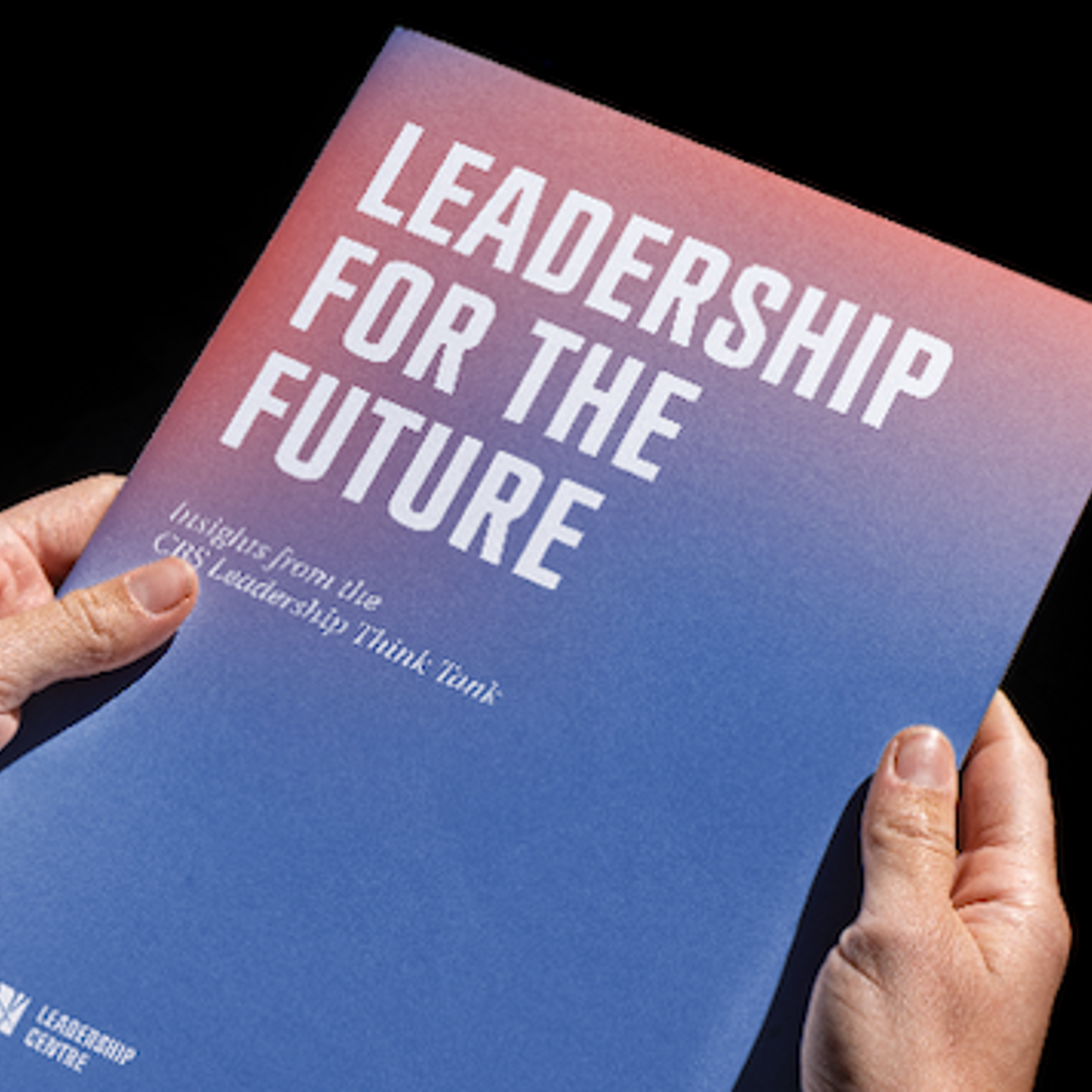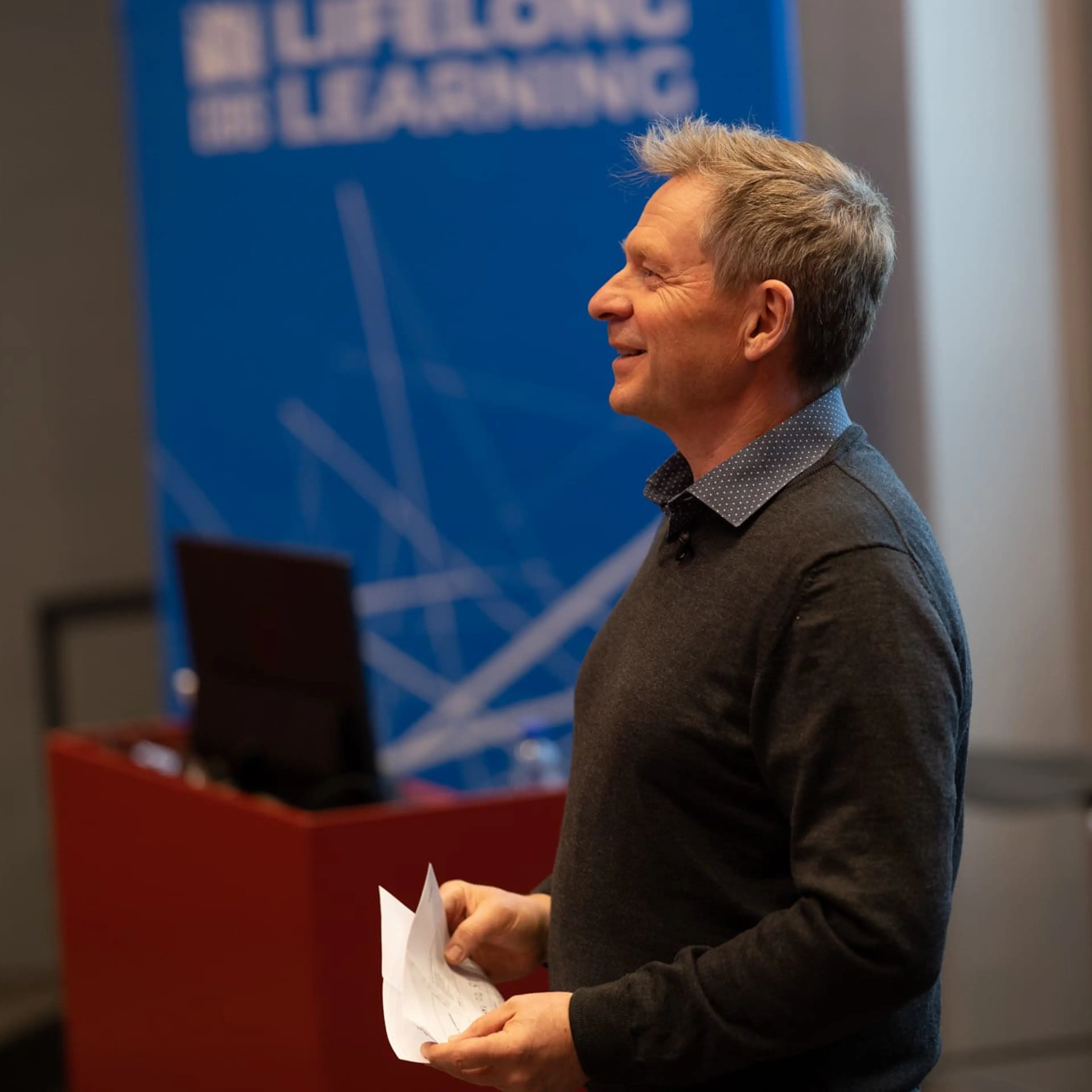After that, it was all about expansion, and with the competition state, politicians tried to create preferable conditions for the business world. However, in 2008, a global financial crisis knocked the wind out of many corner offices, forcing the leadership to reevaluate their strategies.
In other words, plenty of unpredictability. Yet, the researcher from CBS stresses the differences between the challenges current leaders face and those chief executives of the past have had to navigate. We will get back to them. Firstly, there is another point to be made, based on the business history of Denmark.
The ability to redefine oneself“Denmark is known for its large, long-established companies like Novo, Danfoss, Carlsberg and Maersk. What sets them apart is a consistent ability to renew themselves, which has enabled them to weather various crises. And since the establishment of The European Single Market, they have grown really big,” Martin Jes Iversen explains. He also mentions GN Big North A/S, which is now one of the world largest producers of hearing aids and headsets.
GN Big North A/S was founded in 1869 by C.F. Tietgen. It is a company that Martin Jes Iversen has researched, and according to him, it is a great example of a company that has been able to resist sudden crises and, in some instances, have even used them to redefine itself.
“GN Big North – or the Great Nordic Telegraph Company, which was the company’s name up until 1985 – was one of Denmark’s first globally oriented companies. It had to interact in a changeable international setting, where international politics and domestic politics would often create unpredictable challenges. This put GN Big North down for the count on several occasions,” Martin Jes Iversen recounts and then adds:
“Historically, the company has been able to adapt and see new markets in new technologies.”
From versatility to focusOriginally, a deal between C.F. Tietgen and the Russian Tsar gave the Danish company a monopoly on establishing and running telegraph lines to the Far East through Russia. Subsequently, the network was expanded across Europe and Asia, and even after the Russian Revolution, the Danish State was able to renew the deal with the Soviet Union. However, in time, prosperous years turned into meagre years, and in the chief executive suites, they eventually had to acknowledge that they were facing a new, rough reality.
That was how the wireless telegraph and other new technologies found favour. And in the 1930s with The Great Depression and protectionism, the leadership decided to change its strategy. Immediately after the war, the company established a number of subsidiaries, and the group was now balancing on two legs. One was the traditional production industries such as a battery factory and electronics, while the other was communications and telephony.
“They shifted their focus towards new markets — some closely related to the traditional ones, and others in completely new directions,” Martin Jes Iversen explains, adding that in the 1980s, the company went through yet another restructuring, when they began focusing on fewer products. Before then, the leadership had decided to buy Danavox, a Danish producer of hearing aids, and in the following decades, the company continued to grow its hearing aid business through innovation and acquisitions



